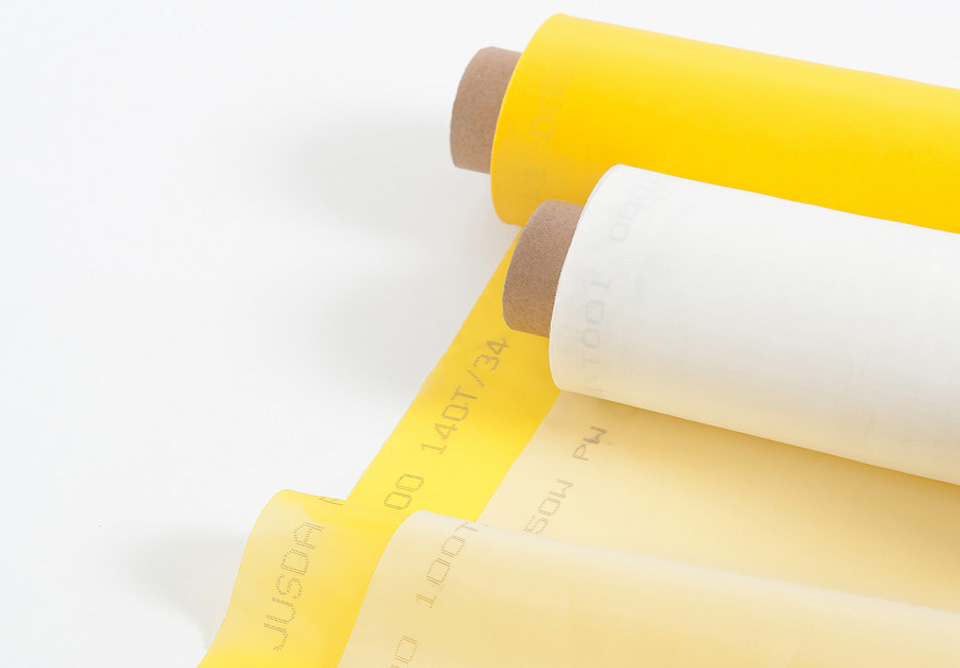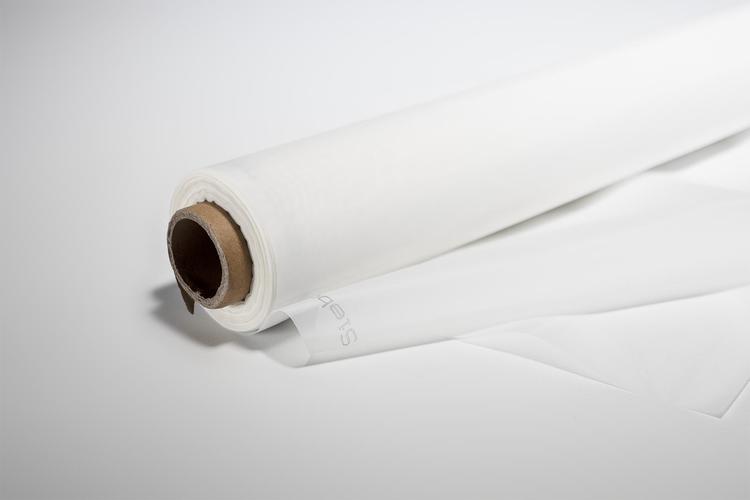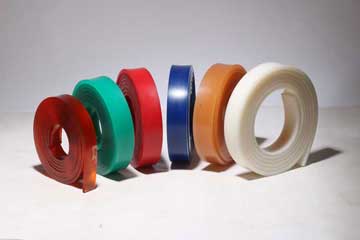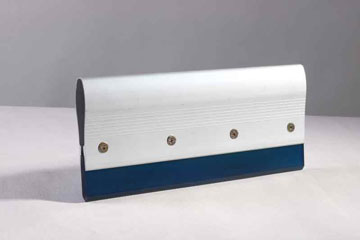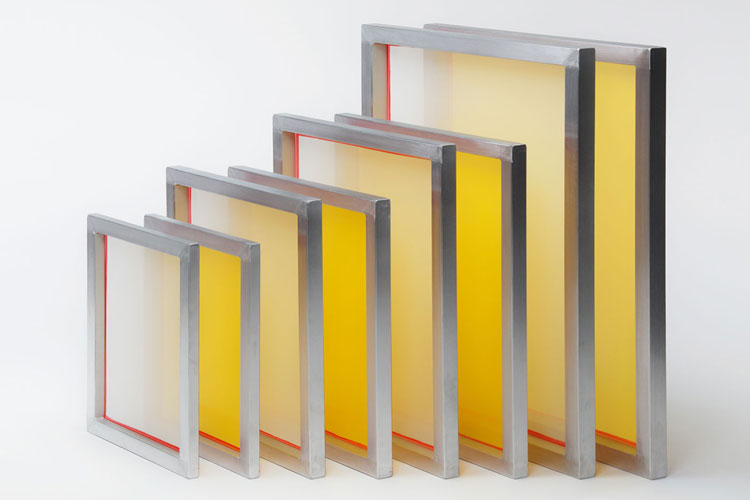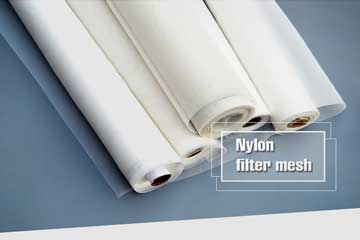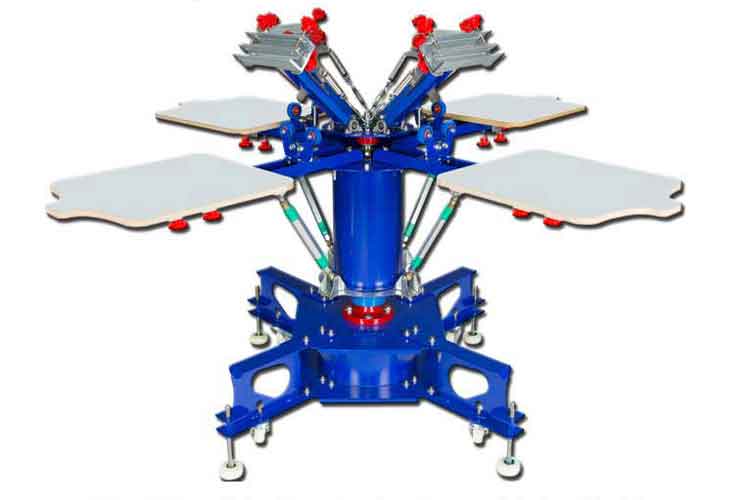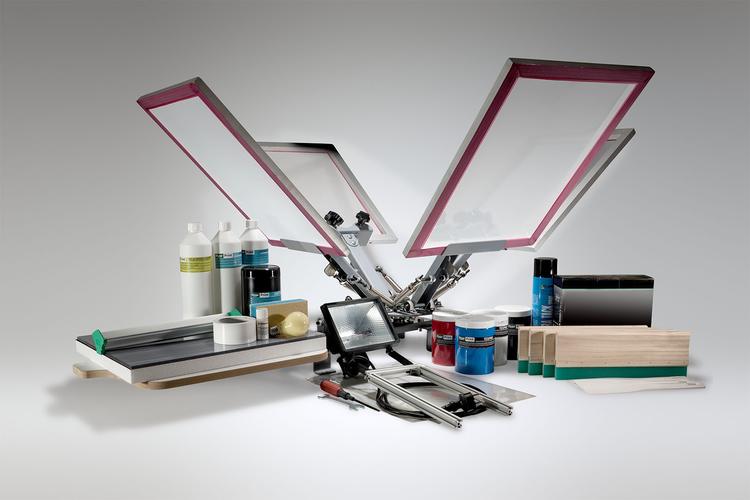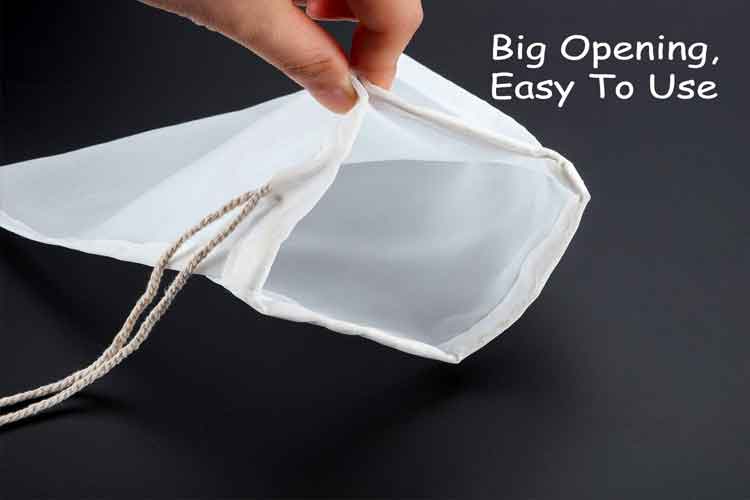CHOOSING the proper silk screen mesh AND HALFTONE DOT
Monofilament screen printing mesh is that the product you may see in nearly all screen printing retailers these days. because the term mono would infer, this mesh consists of single polyester threads plain-woven along. The different mesh numbers squar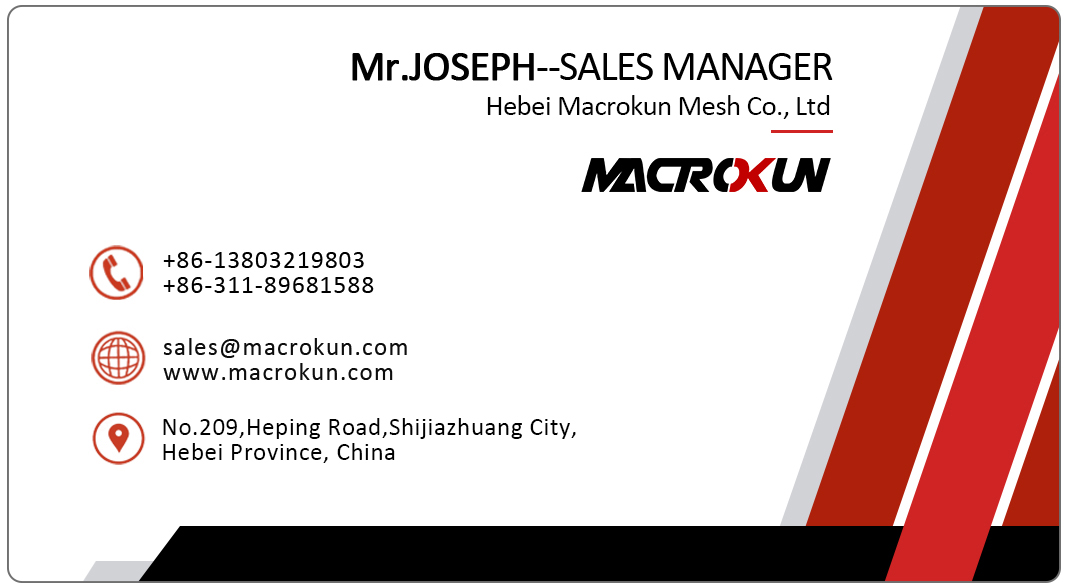
Monofilament screen printing mesh is that the product you may see in nearly all screen printing retailers these days. because the term mono would infer, this mesh consists of single polyester threads plain-woven along.
The different mesh numbers square measure determined by mesh count. this can be the amount of threads per in. in your mesh cloth. Lower mesh counts (fewer threads per inch) interprets to a lot of ink lay down. So, AN eighty six mesh can lay down a lot of ink than a 305 mesh. totally different inks, totally different substrates, our graphic, the colour of our garment, all impact the mesh count we have a tendency to use.
THE RIGHT silk screen MESH FOR the proper JOB
The mesh you decide on can depend upon one.) the ink you decide on to use, 2.) the garment you propose to print, and 3.) the graphic happening that garment.
Below square measure some basic recommendations supported inks and images:
- 30 Mesh: Glitter or Crystallina
- 60 Mesh: Athletic Print (football jerseys for example)
- 86 Mesh: serious Ink on Dark clothes, Puff Ink, Plastisol Transfers
- 110 Mesh: Underbase for serious Block Letters or design
- 156 Mesh: General Prints on light-weight clothes
- 196 Mesh: Multi-color Prints on light-weight clothes, Jackets
- 230 Mesh: Underbase for Simulated method, Suede Ink
- 305 Mesh: method Inks for light-weight clothes, Simulated method Overprints
Don’t let the list overwhelm you. within the average screen printing search, you may have perhaps 5 totally different mesh counts available, counting on the markets within which you sell.
Numbers might not Match
The numbers you see higher than square measure common within the business, however you may alright see numbers that square measure slightly totally different. to Illustrate, your provider would possibly tell you they sell 158 mesh, and not 156. As long as you're terribly shut, it’s all an equivalent.
The reason for the close-but-different numbers is within the indisputable fact that mesh is factory-made in Europe and Asia. Since these merchandise square measure created outside the U.S., they're measured in metric numbers and not inches. once the mesh is foreign, the numbers square measure recalculated and also the product relabeled. So, some numbers are off by a 1 or 2, however the merchandise square measure nearly an equivalent.
THE HALFTONE/MESH FORMULAS
Halftone dots square measure accustomed either provide the perception of a shade of the colour you're printing, or to mix colours in printing or simulated printing. Since we have a tendency to square measure printing tiny dots, we have a tendency to should U.S.e the correct mesh count which will hold these dots and permit us to print them. Here’s however we have a tendency to confirm each the mesh and also the halftone dots we will hold and print.
Let’s begin with the halftone dot. to see the correct mesh to use with a specific dot, we have a tendency to multiply by four.5.
Dot Size x four.5 = Mesh Count
For example, let’s say we've got design with thirty five LPI (lines per inch) dots:
35 LPI x 4.5 = 157.5 Mesh Count
Your mesh has to be a minimum of 157.5 or higher to carry you thirty five LPI halftone dots. 156 mesh is shut enough. In fact, some instructors can tell you to use four instead of four.5 as your multiplier factor, therefore there’s some flexibility once doing this calculation.
Now, let’s assume we've got a restricted variety of screens obtainable, and for this job these days the very best mesh count we've got available could be a 196. we will reverse our formula and pide mesh count by four.5 to see the most dot size we will hold and print on this screen.
Mesh Count / four.5 = LPI
As another example:
196 Mesh Count / four.5 = 43.5 LPI
The smallest dot we will print on our 196 mesh are or so forty three.4 LPI.
Using the correct mesh is [*fr1] the battle in screen printing. once it involves printing halftone dots, correct mesh are ninetieth of our production floor battle.
screen printing mesh silk screen mesh
Pre:Polyester Monofilament Screen Printing Mesh 60-420 Mesh/inch
Tags:
